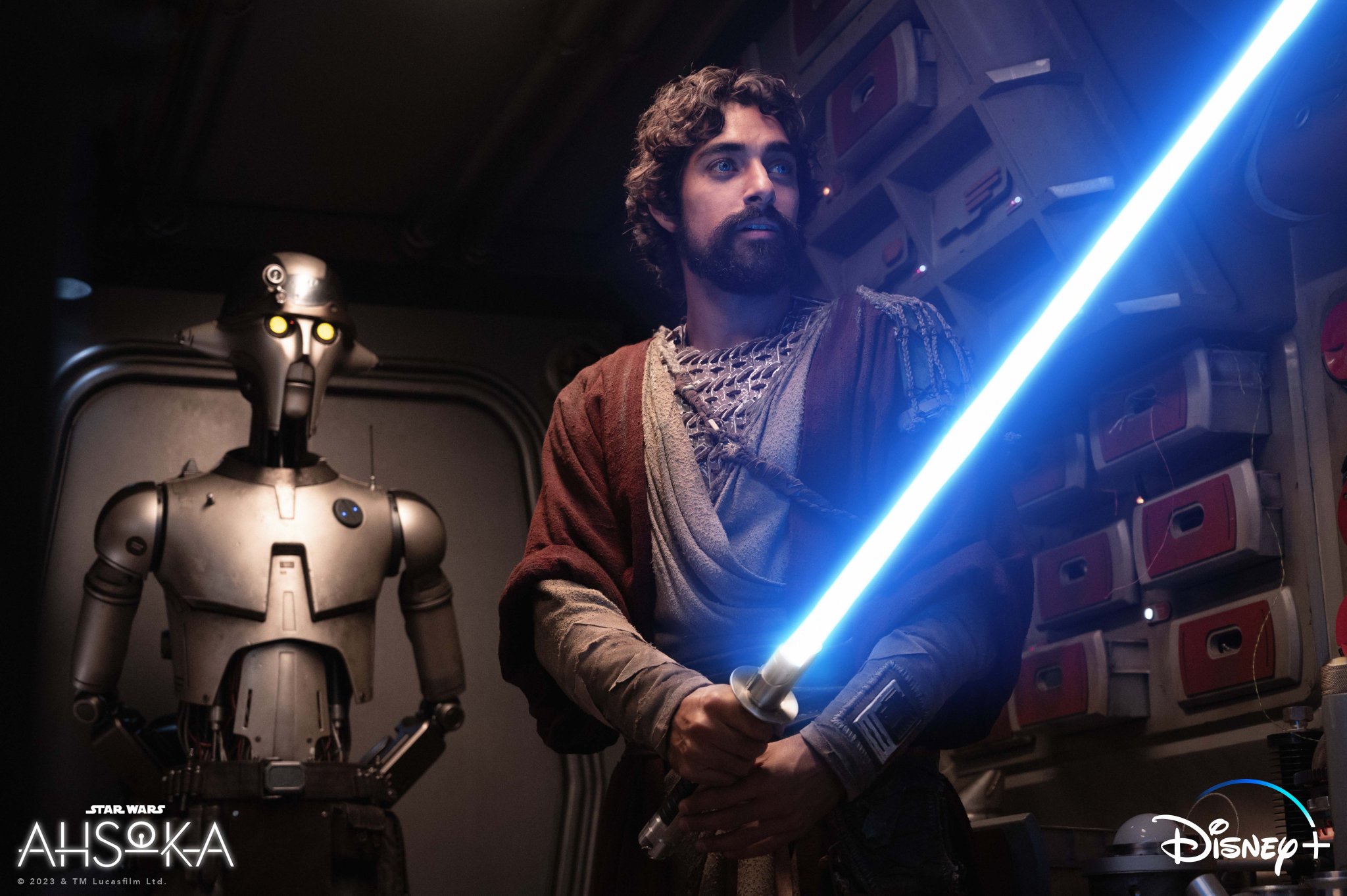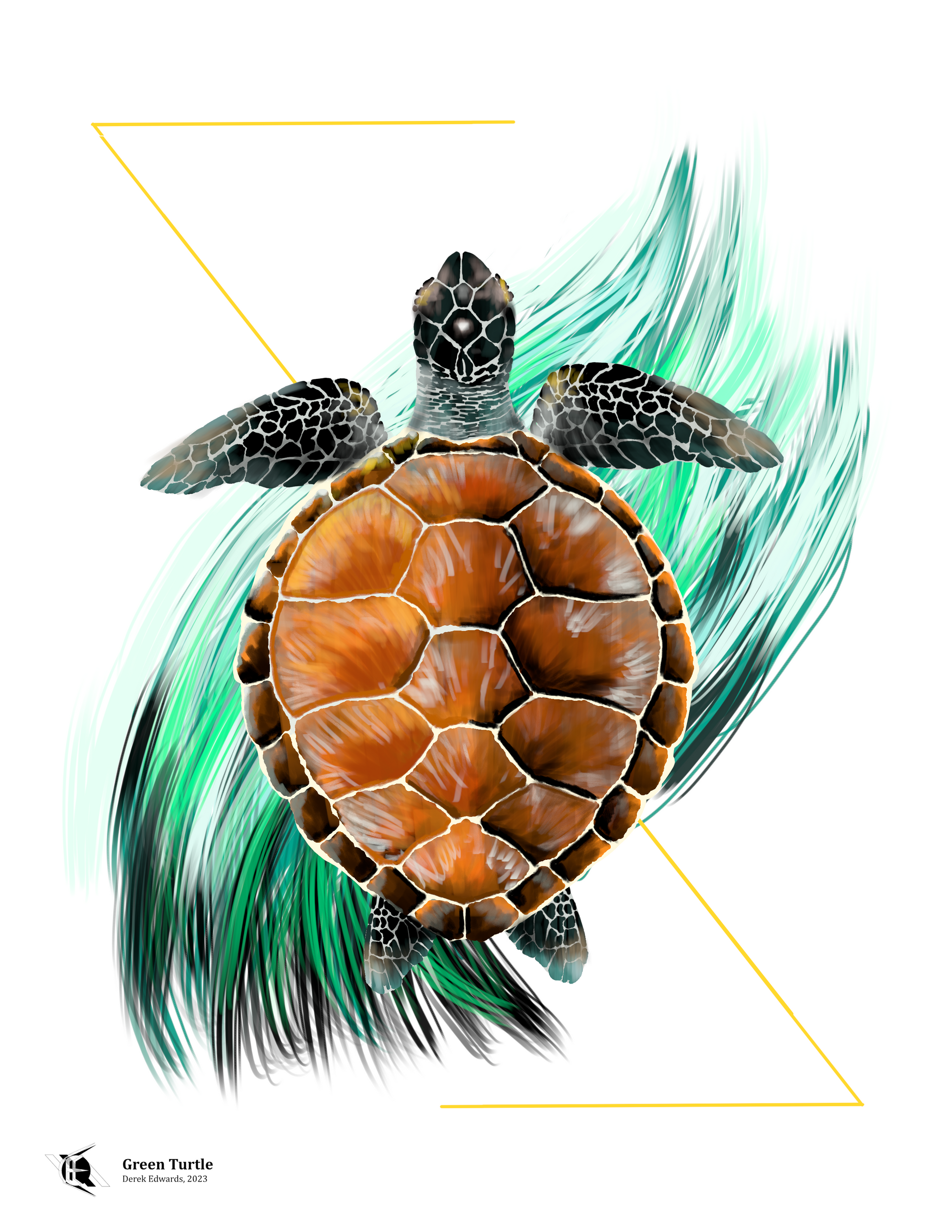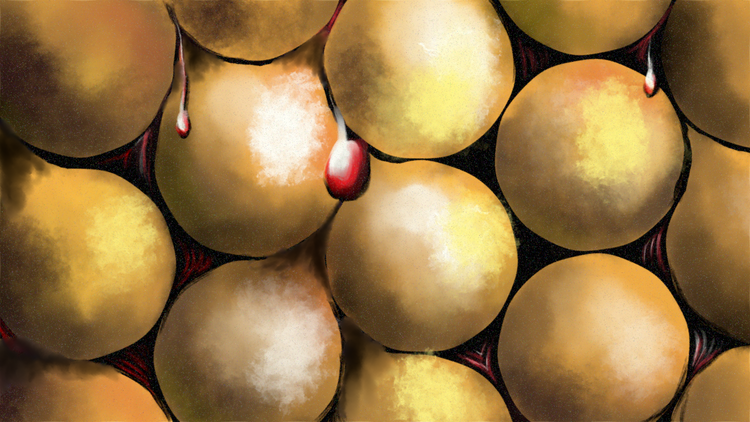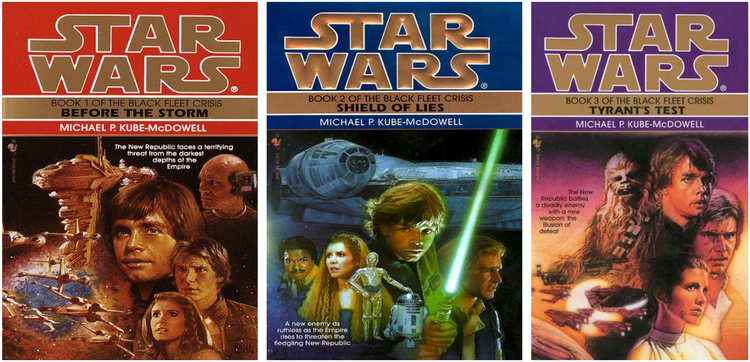
Running Commentary 10/9/2023
Hello,
I still have not seen a northern pintail. This coming week is probably my last opportunity. I have one place left to look. This past weekend I went to Michigan State University's waterfowl research area, and while I did see some coots, grebes, and teals (both blue- and green-winged) any pintails were either gone or too far-off to make out. Here's a photo of the pond:

Anyway...

Watching...
Ahsoka
- The season concludes on a rather Empire Strikes Back note, with the villains having won without major setback, and the heroes regrouping, some of them having been taken out of the action for the time being. Everything is something of a cliffhanger at the end. The one thing that does get resolved is that Sabine finally has a conscious connection to the Force. While scene-by-scene, the finale did have some good moments, I think leaving so much of the season's story unresolved is to its detriment.
- Of course, Thrawn's troopers' patched-up armor represents a new stormtrooper variant for Ezra to collect. I'm glad he got away with a full set.
- Looking back on this and the past few episodes, Thrawn really was not hindered in leaving. If anything, the fact that Ahsoka pursued the Eye of Sion probably made him and his troops move quicker than they would have otherwise. I've seen a lot of complaints that this show ruined Thrawn by portraying him as a failure, but I think this critique misses that Thrawn wasn't trying to kill Ahsoka, or Sabine, or Ezra, nor was he even really trying to strand them; he was trying to escape back to the Galaxy. He did that.
- The action here, and in hte whole season, really, was oddly uneven. Duel were pretty cool, but fights against mobs of enemies weren't that engaging. I honestly can't think of a scene in the movies that involved just fighting a bunch of people in a room or down a corridor that went on for more than a minute, tops, other than the Kylo and Rey vs. Praetorian Guards fight from Ep. VIII, which also wasn't very engaging beyond the opening shot. Actually, running through rooms and corridors shooting/slashing at mobs of enemies is pretty much what Warframe is, and while that's fun to play, it's pretty notoriously boring to watch someone else play. I'm rambling, but my advice to Star Wars is: stick to the duels or the big field battles.
- I'll have a full review of the season out, well, as soon as I can get it written and typed up. My thoughts in summary: this show felt like a new node of Star Wars, telling a bit of its own story and with a fair number of callbacks to keep it tethered, but largely focused on setting the stage for future acts. It's sort of the Star Wars equivalent of hte first season of Loki. And speaking of Loki...

Loki
The first Season 2 of a Marvel series is here. Loki picks up where it left off in the Season 1 finale. Here are my notes:
- First off, the production design of this show is great. I said that during season 1 but I was reminded of it here, and it's the stand-out element of the show, so it bears mentioning again.
- Season 1 ended looking like Loki and Sylvie had somehow changed history and put Kang or whatever you want to call him in direct charge of the TVA. Here, that's shown to be just a previous version of the TVA. Loki gets back to the status-quo TVA pretty quickly. On one hand, I understand not completely overhauling the show's world, but on the other hand, it feels like a bait-and-switch, the way they did it here. Loki "time-slipping" seems to have been resolved, and resolving it seems to have delayed the starting of Season 2's story.
- Ke Huy Quan's character here seemed quite reminiscent of his character in Everything Everywhere All at Once, being a chipper guy working in the brain-melting world of timeline-jumping. He makes for a neat addition to the show, though.
- Overall, I still feel like I like this show less than some people, but it keeps me watching. I'm hoping that Season 2 can be more of its own TVA-related thing, now that Kang has been generally set up.
BattleBots
The second BattleBots Champions Tournament, which was filmed right after the seventh world championship almost a year ago, is finally airing. This time, I'm going to try not going fight-by-fight, which is a tedious way to write and, I'm sure a tedious thing to read. So here are my notes on what I found exciting or interesting in last Thursday's airing:
- Shreddit Bro's win of a position in the Golden Bolt bracket mirrors Hypershock's last time. Both Evan Arias and Will Bales are big personalities with a history of being let down by their bots. Hypershock's issue was poor reliability; Pain Train/Shreddit Bro's was more overall poor performance. While Shreddit Bro's win over Valkyrie wasn't as spectacular as Hypershock's over Gigabyte, their overall run is, to me, just as impressive and welcome.
- Valkyrie's run was also impressive, and a good sign that the new team is coming together.
- Switchback lost its weapon belt right away, again. I like their team and I think the broad design has promise, but I think maybe a third iteration is in order.
- Terrortops lost to Rotator but not terribly. I really hope we see more of them in the next season. After doing so well here hopefully they can get some sponsor cash and really make a proper contender bot.
- The new Kraken is, at this point, a failed experiment. Matt Spurk still runs the old design in Vegas live shows, and while it wasn't really great, it was better than this. I think a whole new concept is in order; I can't see the new Kraken being back for the next season with an 0-5 record.

Reptile of the Week
Today, the Reptile of the Week is – what's that? Bird? It's "Bird of the Week", not "Reptile of the Week?"? Well, yes, usually it is, because I like birds. But not everyone likes birds, and this week one such person gave me reason to draw a turtle, so – today, the Reptile of the Week is the Green Turtle.
Turtles are, generally speaking, the most popular of the living reptiles. Lizards and snakes have their fans, but there are also plenty of people who recoil at the sight of them. Not so with turtles; they get a pass (at least today they do, but we'll get to that.) They are to reptiles what butterflies are to insects. Turtles are subdivided into three kinds: tortoises, which live on land; terrapins, which are semi-aquatic and largely found in freshwater (these are typically just called "turtles" outside of the U.K.); and sea turtles, which are almost entirely aquatic and which live in salt water.
The green turtle is the typical sea turtle. It has a flattened, streamlined shell and broad, flipper-shaped limbs, the better to traverse ocean waters. They are found throughout the world: in the Atlantic, Pacific, and Indian oceans, as well as in the Mediterranean Sea. They are most abundant in the Carribean and off the eastern coast of Australia.
Like other sea turtles, the green turtle lays eggs in a buried nest on a sandy beach; this is the only reason adults come on land. Once the baby turtles emerge from the sand, they scramble for the surf. Once in the water, juvenile turtles swim out into the open ocean, where they grow to an adult size of 5 feet long, 400+ pounds, fueled by a diet of fish and other sea creatures. Once they reach maturity, green turtles stick around off-shore waters: lagoons and sea-grass meadows, and switch to an herbivorous diet.
Because if is found throughout the world, and because scientists didn't always recognize specimens from far-off seas as belonging to a known species, the green turtle has been described under many different scientific names; 62 binomial names are listed on the green turtle's Wikipedia entry, including both species names and subspecies names.(The green turtle has no recognized subspecies today.) The first scientific name given was by none other than Carolus Linnaeus, the father of binomial nomenclature and scientific taxonomy; he called it Tetsuda mydas, literally "wet turtle". Modern scientists call it Chelonia mydas, the genus name coming from the same root of an old name for the turtle order, "Chelonii". The turtle order has since been renamed Tetsudines, an older term. "Chelonia" actually comes from the Greek word for "tortoise".
The green turtle's common name is odd, considering that it's not especially green, at least on the outside; "green" references the color of its fat, visible when hunters would break open its shell. The term "turtle" itself has a remarkably interesting etymology: it comes from the French "tortue" which comes from the Latin "tartarucha", literally meaning "of Tartarus" (the Greco-Roman underworld) but more broadly meaning "hellish" or "diabolical". Ancient peoples, including early Christians, associated turtles with Hell and evil, since they were lowly creatures that lived in slimy pits. Often the turtle was contrasted with a rooster or other bird, which was considered a heavenly creature. Birds have maintained their good reputation, which had more of an actual Biblical grounding (God's manifestation as a dove at the baptism of Christ being the most prominent example of a heavenly bird), but turtles have generally lost their devilish connotation. Today, angelic birds are most often contrasted with demonic bats, which live in caverns and are thus more lowly than turtles, and which have a reputation as carriers of pestilence besides. Of course, symbolism aside, birds, turtles, and bats are, in reality, not really good or evil.
Curation Links
Holes in Buildings | Graham McKay, Misfit's Architecture
A look at holes left by omitting part of a story or of a few stories in a building, as an architectural trend in urban luxury structures of the past half-century. “The downside of these holes – or any holes in buildings for that matter – is that they’re structurally enclosed space that can’t be sold full-price and, in this case, doesn’t add much in the way of amenity value. The upside is that being seen to not monetise every possible cubic metre is an indicator of prestige”
The Michelangelo of Microsoft Excel | Great Big Story
[VIDEO] I do most of my drawing using a program called Krita; Tatsuo Horiuchi does his in a different software: Excel, the spreadsheet tool with, apparently, untapped graphical capabilities. (2:29)
Ernest Shackleton’s War Is Over | Ernest Shackleton, Lapham's Quarterly
“From South: The “Endurance” Expedition. On his first journey to the South Pole in 1902, Shackleton came within four hundred miles of his goal; on his second in 1907, within ninety-seven miles. On his third expedition in 1914, his ship was crushed in ice, forcing him and part of his crew on an 800-mile journey in a whale boat to South Georgia Island and then a thirty-six-hour trek to Stromness.“
The Sandman | E. T. A. Hoffman, trans. John Oxenford and C. A. Feiling
[FICTION] A classic work of German speculative fiction, which Sigmund Freud used as an example to define the uncanny. To say more would be to spoil things.
See the full archive of curations on Notion






Member Commentary